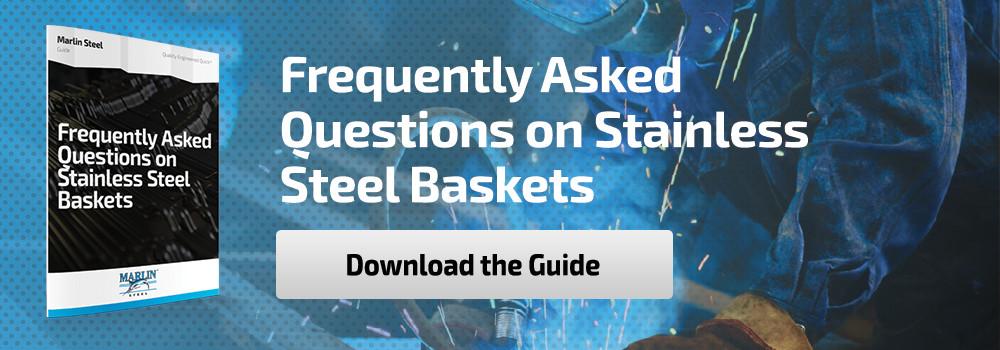 Decades ago, the manufacturing industry had a bad reputation. When people used to think of manufacturing, they thought of cramped, dirty, dangerous working conditions straight from a novel by Charles Dickens.
Decades ago, the manufacturing industry had a bad reputation. When people used to think of manufacturing, they thought of cramped, dirty, dangerous working conditions straight from a novel by Charles Dickens.
Once upon a time, in the early years of the industrial revolution, this conception of manufacturing work may have even been true in some cases. However, the American manufacturing industry has long since evolved past the use of cheap manual labor as the best option for producing results.
Year after year, the manufacturing industry in America continues to evolve, changing the way things are done and becoming faster, safer, and more efficient. In short, today’s manufacturing isn’t your grandfather’s manufacturing industry!
How have things changed in the last few generations for American manufacturers? Here are a few of the big changes:
The Robotic Revolution
While heavy machinery has long been a part of the manufacturing industry, the sophistication and versatility of that machinery has grown immensely in the last few decades.
In the past, a machine had to be controlled by hand. Any changes to operation intervals, speed, cut/weld/bend shape, size, or placement had to be done manually, placing greater emphasis on human operators to achieve relative consistency.
With the introduction of computer numerically-controlled (CNC) systems, manufacturing equipment became capable of limited self-guidance. For example, a CNC press brake can compress a piece of metal until it reached a specific bend angle by applying an exacting amount of force to achieve the design-specified bend on the metal being shaped.
Here, the operator’s most important input is in running the calculations for making a bend in a given metal alloy of a specific hardness and thickness. Once that calculation has been made and programmed into the machine, the press brake can handle the rest, applying the exact amount of pressure needed to make the bend according to the engineer’s calculation.
The engineer doesn’t have to repeatedly turn a crank or do any other heavy manual labor to make a “best-guess” effort in judging how much force to apply to a given metal form.
Brains Over Brawn
Thanks in large part to the introduction of manufacturing automation, the modern American manufacturing industry has largely moved away from relying on backbreaking labor. The most productive workers in today’s manufacturing industry aren’t necessarily the strongest workers, but the smartest.
A worker who knows how to program a wire-bending robot or CNC press brake can shape metal a lot faster and more consistently than a manual laborer could.
For example, consider Marlin Steel. As recently as the early 90s, the company relied heavily on manual labor to get things done. At that time, a really productive wire bending worker might be able to make 20 wire baskets in a day, barring the unfortunately frequent occurrence of an on-the-job injury from flying metal or repetitive motion stress.
A wire-bending robot, on the other hand, can complete dozens of bends in thick steel wire every minute with exacting precision. Unlike the human laborer, the robot doesn’t get tired or bored, and will work with the same speed and energy morning, noon, and night to produce hundreds of baskets in a day without risking injury to a human being.
However, to make those bends, a robot still needs control input from a human engineer, someone who knows how to work a computer and program the robot to follow a CAD file. Here, in today’s manufacturing world of robotic assembly, brains are a bigger asset in a worker than sheer brawn.
Regulations Have Become Tighter
Every year, organizations such as the EPA and OSHA add new rules and regulations to American manufacturers with the goal of making the manufacturing industry safer for the environment and for workers.
These regulations help protect workers and the environment by placing caps on the pollution output of a factory, providing guidelines for the safe disposal of waste, and creating standards for the training of employees in following basic safety protocols.
While some regulations can negatively impact the competitiveness of American manufacturers on the global scale, they have contributed significantly to improving the health and safety of manufacturing workplaces in America. On the whole, the manufacturing industry has never been cleaner or safer.
The World is More Connected Than Ever
It’s almost scary to think of how young the internet really is. According to The History Channel’s website, “in 1991… Berners-Lee created the Internet that we know today.” At the time of this writing, that makes the internet about 24 years old.
While networks for sharing data had existed before then, it was the input of that Swiss computer programmer that really got the ball rolling for the internet. And the business world never looked back.
For most of your grandparent’s professional careers, the internet didn’t exist. Now, it’s an integral part of almost every business, even manufacturing. Manufacturing companies now integrate their production line equipment into the Internet of Things (IoT) to optimize reporting and supply chain tasks, giving them a clearer picture of their production process than ever before.
Internet connectivity even allows engineering teams to share product blueprints and production notes near-instantaneously from one side of the globe to the other. A client in London could have a design change made to a CAD file one minute, and a production engineer in Baltimore can have that note the next minute. This has greatly increased the responsiveness and flexibility of the design process for long-distance collaborations.
The manufacturing industry has undergone many great changes over the years, and Marlin Steel is looking forward to seeing what comes next for American manufacturers.



.gif)


